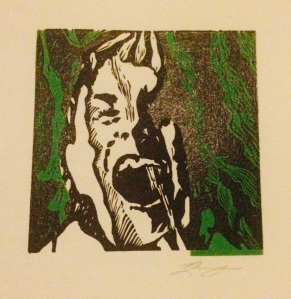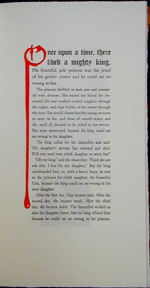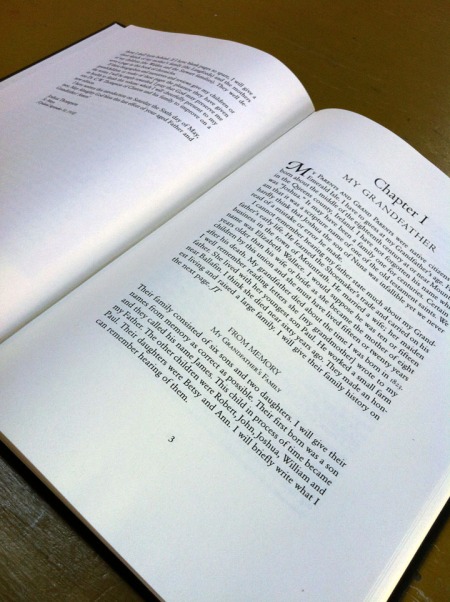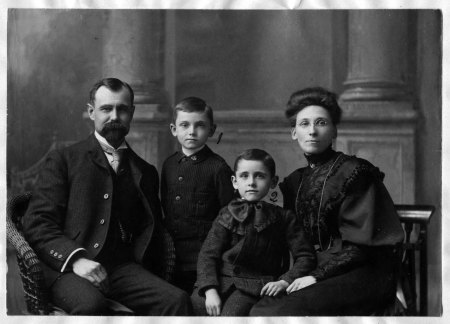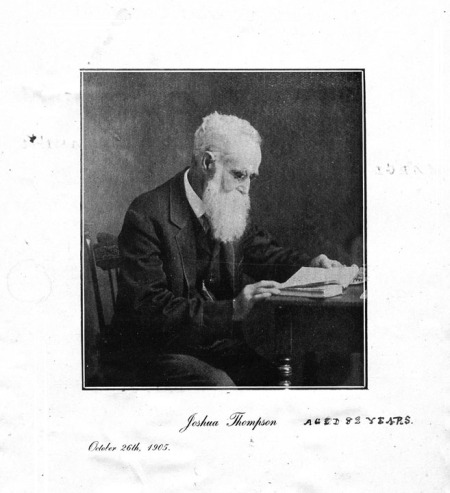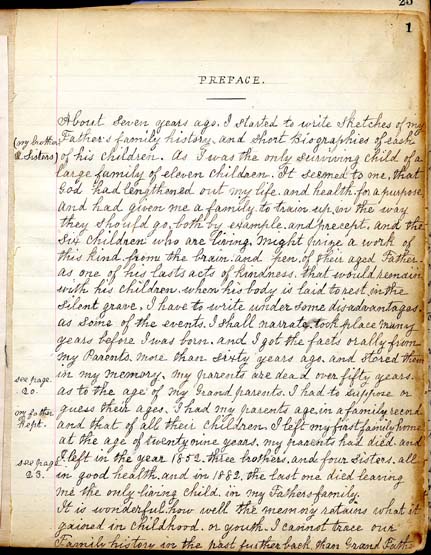Periodically over future posts, I’ll be deconstructing the process I used for the illustrations of Winona Linn’s collection of poems, The Truth About Rabbits, but I thought I’d introduce you to the shakers and movers of this project.
First and foremost, we have Winona Linn, a young woman who is certainly making a name for herself. When I say she’s a Kingston-based poet, I beg you to take that in the loosest manner possible, since she floats between Kingston, Paris and other worldly points.
One of the benefits of having one’s own press is that one may print what one likes (and you have to say it like that, first person singular pronoun, with a really snobby accent). So I won’t go on and on about the quality of Winona’s poems; if I didn’t like them, I’d have passed on the opportunity to illustrate them. I will say that these poems are smart, sharp, poignant and witty with refreshingly light-hearted, self-deprecating moments. It is those latter aspects that conjured images for me from her verse. You see, it has been a very long and dark couple of years; if I had been writing and performing poetry during that time, I would have fit right in with most of the poetry scene – a lot of dark emoting. In fact, I only made one illustration for a book a year or so prior to Rabbits, also for Thee Hell Box Press. Here is that one:
Well. Enough said. There’s plenty in Winona’s vivid imagery to conjure dark images, but (to rip off another poet) ‘I am half-sick of shadows’, so instead I’ve done a lewd Starbuck’s logo, a crow who is about to (or has just) pooped cherries on our poet, a toaster slowly browning a copy of Sylvia Plath’s The Bell Jar, young lovers in a church etc. Periodically I’ll blog about the imagery that inspired the illustration, and the sometimes bizarre route I took to creating them.
I should note here that Winona does not only excel at writing and performing her own poetry, but she is an illustrator and artist of some force. Prior to her departure for Paris after Rabbits launched, she showed me some of her linocuts…. All I’ll say is that I’m hoping I get the chance to work again with this amazing artist.

